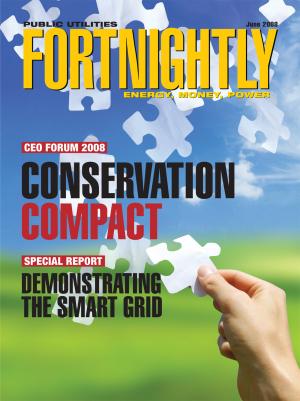State and federal incentives push utilities to invest in grid intelligence.
Carl Imhoff manages Electricity Infrastructure research at Pacific Northwest National Laboratory. Email him at carl.imhoff@pnl.gov.
The power system in North America is at a crossroads. The system has delivered unprecedented growth and prosperity since it started as a single system in New York City more than a century ago. But the next half century presents significant challenges. Since 1990, electricity demand has increased 25 percent and is expected to double by 2050. The issue of carbon management is emerging as a game changer, putting additional stress on the system.

Moreover, capital investment requirements are staggering. The cost to build new transmission is increasing—often exceeding $1 million per mile. According to Jeff Sterba, CEO of PNM Resources, with a business-as-usual approach, approximately $750 billion to $800 billion will have to be invested in the electrical grid and generating infrastructure by 2020 (see Figure 1). This puts extreme pressure on industry and society to find ways to capitalize, site, permit and build the infrastructure necessary to meet the demand challenge.
The technology revolution provides an opportunity to optimize—and perhaps reduce—these capital investments. Smart metering and grid automation technologies create opportunities to tap a new operational resource—the demand side.

